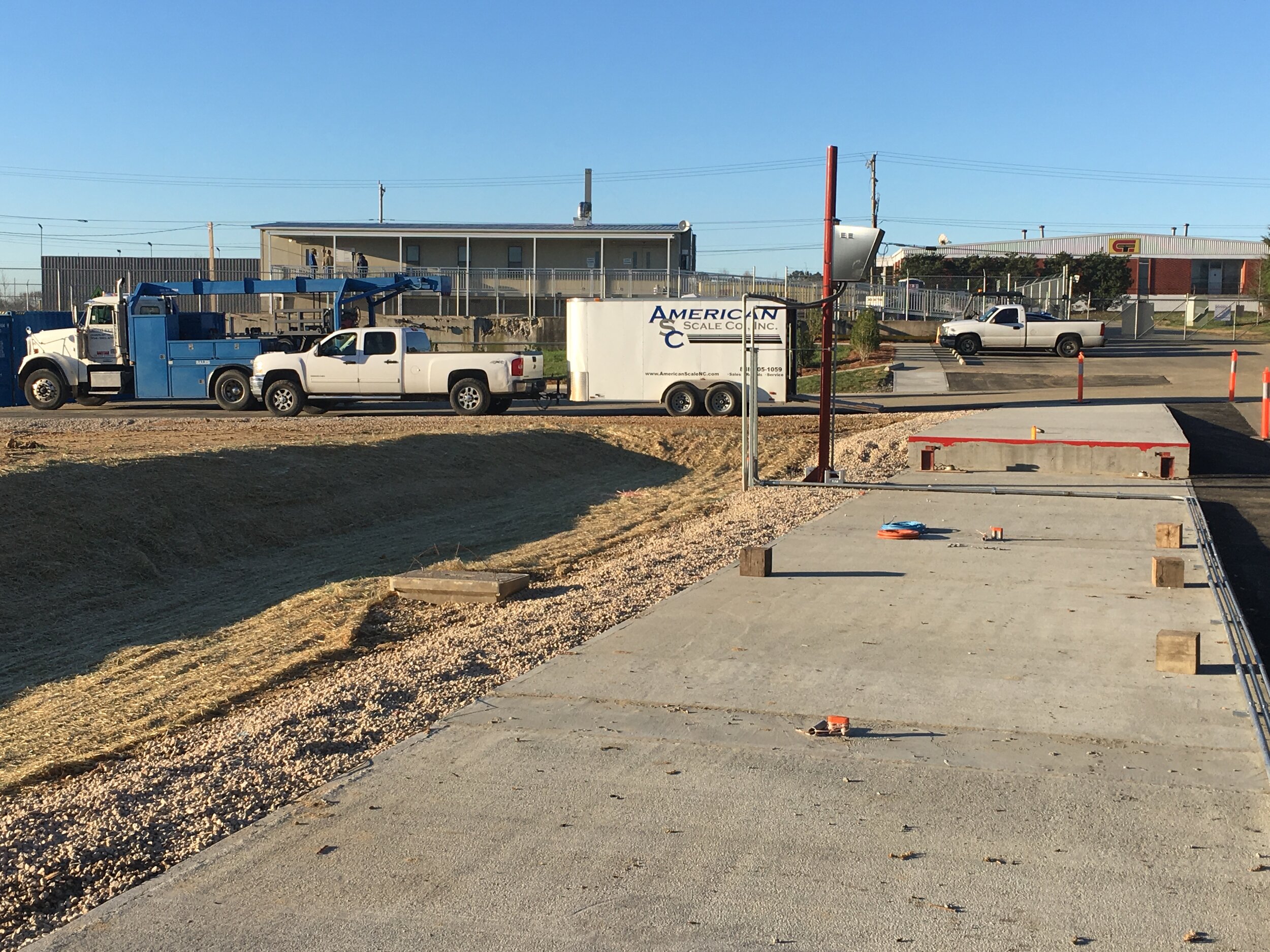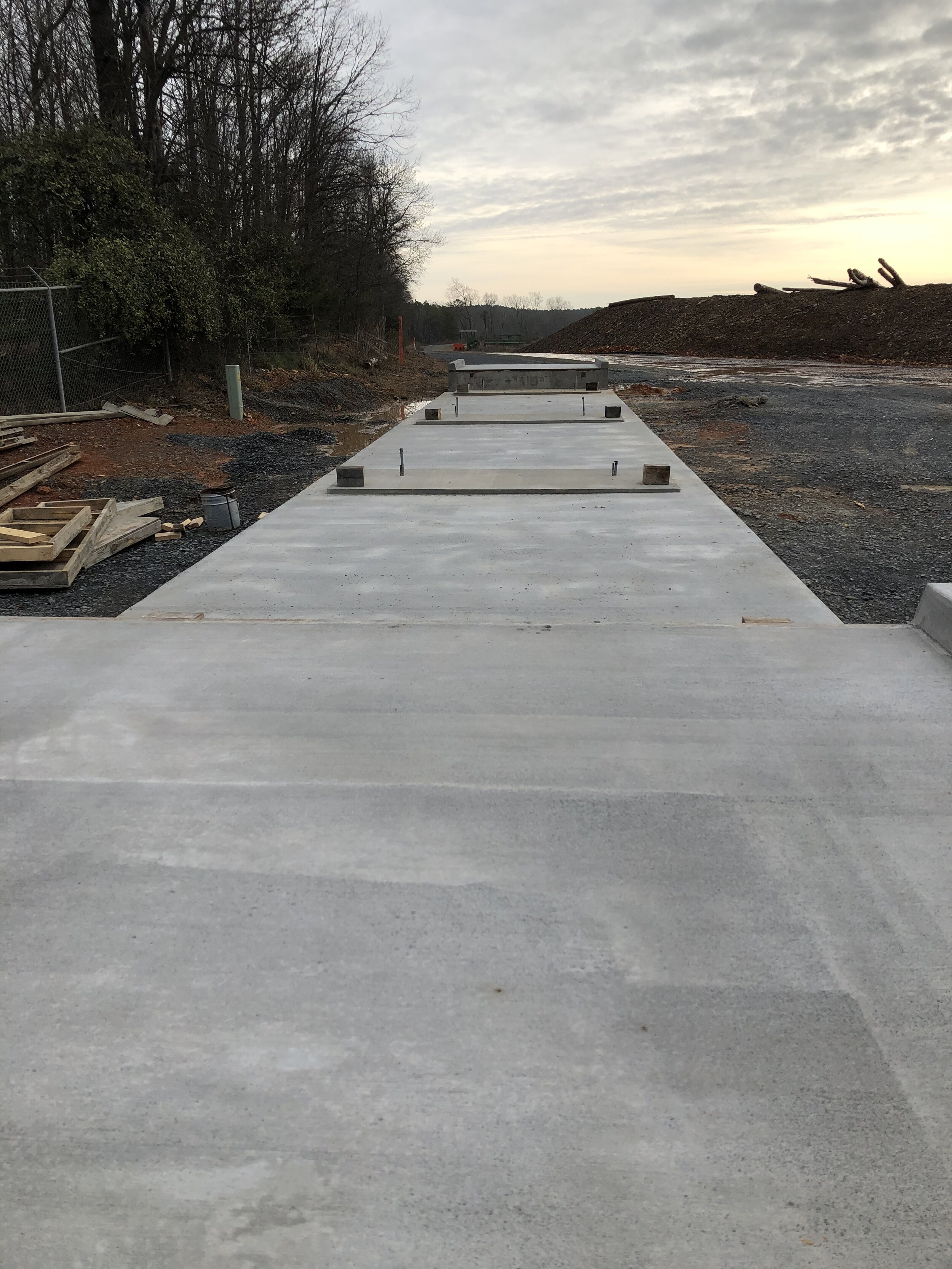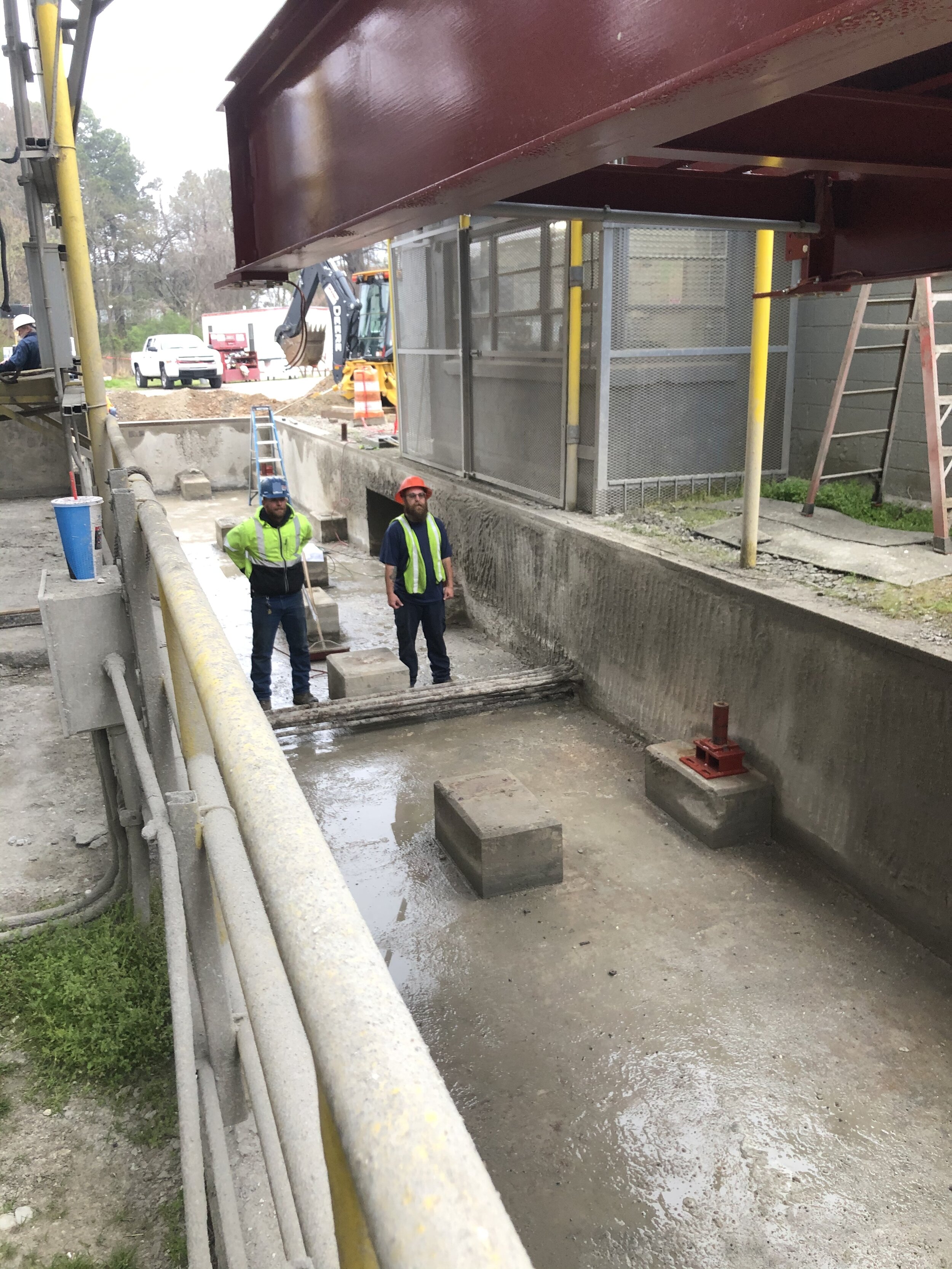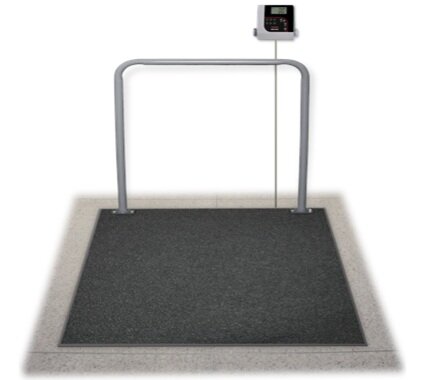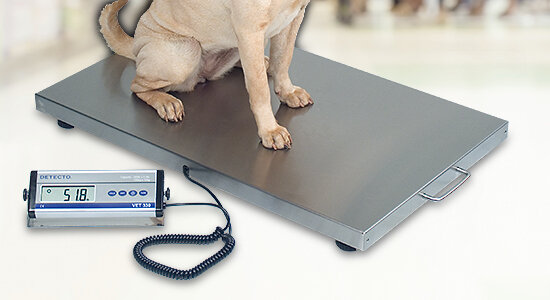Scale data is very important for companies to receive and record information. Nowadays, the majority of companies are still recording data by hand and transposing the information to spreadsheets or other digital formats. As technology continues to advance, many customers want to obtain the weight data in digital format directly from the scale to minimize human error and increase efficiency and reporting.
Getting weight data from the scale requires special equipment to allow the scales to communicate with other devices. This article will go over the different types of equipment and how they are used to communicate with the scales. The five main types of communication are: serial, ethernet, fiber optic, USB, and analog (0-10 V or 4-20 mA).
Serial
RS232 is the most commonly used communication interface for sending scale data to another device. It requires a single cable with three conductors. The three conductors are Transmit (TXD), Receive (RXD), and Signal Ground (GND). Normally the cable can be effective to up to 50 feet, but if there is electrical or RF noise then it could be drastically reduced. The 9 pin D style connector is the interface used to allow the scale to communicate with other devices. There are three different ways that the scale can communicate with the device through RS232. The first is Transmit on Demand which only sends information to the device when the PRINT button is pressed. The second way is Continuous Transmission which sends every displayed weight to the device. A constant update of the weight is required for the data to be collected by the device. The last way is Auto Transmit which automatically sends the scale weight data when there is a stable weight register. Once the data is sent to the device, the scale will not send more data until the weight is removed.
Ethernet
10/100Base-T Ethernet network provides up to 100 Mbps of bandwidth which is more than enough for scale communications. A typical scale data string is only 200 bits. Ethernet is cost effective, easy to understand, easy to deploy, and easy to maintain. With ethernet you can have either a wired or wireless connection. There are advantages and disadvantages to both. Some of the advantages to a wired connection are that it’s easy to implement, easy to troubleshoot, and the cable connection is IP65-rated. The disadvantages of a wired connection are that it requires cables to be run and harsh environments may call for hardened cabling which cost extra. Some of the advantages of a wireless connection are that there are no cables and the scales can be moved to multiple locations within range. The disadvantages of a wireless connection are that it requires an IT department to get involved to ensure proper security configuration, and equipment, walls, or other RF based devices can interfere with wireless signals.
Fiber Optic
Fiber Optic uses light to transmit data between two devices. It’s made out of a transparent glass core that is surrounded by a mirror-like covering. When light passes through the cable it bounces off the mirror-like covering all the way to the other end. Typically it’s used in hazardous environments because of its durability. The interesting thing about fiber optic is that it completely eliminates electrical and radio frequency noise. So you don’t have to worry about there being any interference. The cables can be run without a conduit unlike other cables which speeds up the installation process and they can be run up to 1000 ft. Fiber optic is convenient, easy to install, and easy to maintain although it is very expensive.
USB
Since the birth of the scale industry Serial Port (RS232) has been the go to. This all changed in 2002 when computer manufacturers started to do away with Serial Ports and introduced the USB port. It became very important for companies to switch over to USB because it was new and they needed the data from their scales. USB has a couple of benefits over its counterpart RS232. First off, you don’t need to configure any communication settings before using the device. Secondly, USB hubs are available for expandability. Meaning that you can have up to 127 USB devices for one PC. Third, USB Cables and components are inexpensive and easy to come by. And Lastly, Windows operating systems automatically detect USB devices and will prompt to download any drivers if need be. While USB is very common for peripheral devices, we don’t see many scales connected in this format.
Analog (0-10V or 4-20 mA)
This type of communication is often used when connecting a scale controller to a PLC. Most of the time, the controller, or indicator, requires an extra option card in order to communicate. 4-20 mA uses an electrical current as the carrier of the information. It creates a current loop as a means to pass a “value” that is then converted into data. 4-20 mA has 5 parts to it: the Sensor, the Transmitter, the Power Source, the Loop, and the Receiver. The sensor provides the value. The transmitter converts the value to a 4-20 mA value. The power source is the physical DC power that the transmitter uses. The loop is the physical loop or wires. And the receiver reads the 4-20 mA value and determines the actual value. The data transmission is not affected by voltage drop, which means that it can be used over long distances without losing quality of the signal. The system sort of has a self-monitoring process since currents less than 4mA and higher than 20mA indicates a fault in the circuit.
American Scale is well versed in all the different types of scale data communication. Reach out today to learn about data acquisition projects that we’ve worked on.

